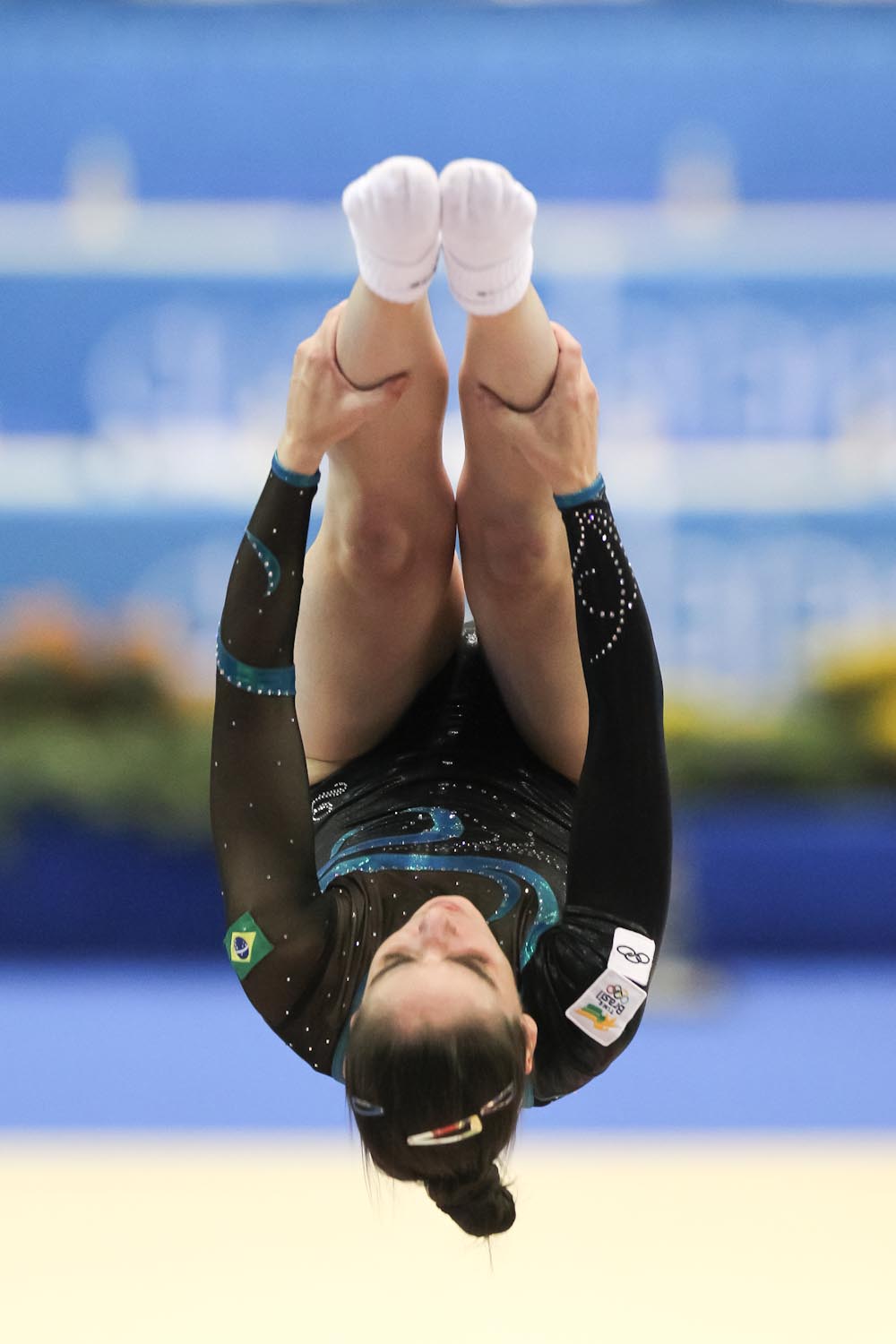Trampolining

History
Using a trampoline to perform exercises was turned into a sport by George Nissen (USA), who based his invention on trampolines used in circuses. In 1936, George – who was a gymnast – built an apparatus that was able to be disassembled and travelled through the Unites States organising tournaments and making the most of the situation to sell his invention.
However, what George had never imagined was that about a decade later, after World War II, his invention would be used for military training by the American, Soviet and French armies. At the time, trampoline exercises were used to train parachuters, pilots and even astronauts. The equipment allowed the military to train for situations when planes had to perform loops or for cases when aircrafts fell. Indeed, trampolines were put to this use for many years, only being left aside in the 1980s, when simulators were introduced.
Trampolines became popular throughout the world in the 1950s, to the extent that the only reason trampolining was not included in the 1980 Olympic programme was because of a tragedy, when a gymnast had an accident and ended up quadriplegic. The accident’s negative influence and the fear that something similar could have an effect on the image of the Olympics made the International Olympic Committee (IOC) delay the inclusion of the sport in their programme for years.
Finally, trampolining was included in the Olympic programme in 2000, in time for the Sydney Olympics. However, in order for this to happen, the International Trampolining Federation – founded in 1964 – had to be absorbed by the International Gymnastics Federation (IGF) in 1999.
Curiosities
Socks?
Trampolining athletes are not allowed to compete barefoot. During performances, gymnasts must wear socks or shoes.

